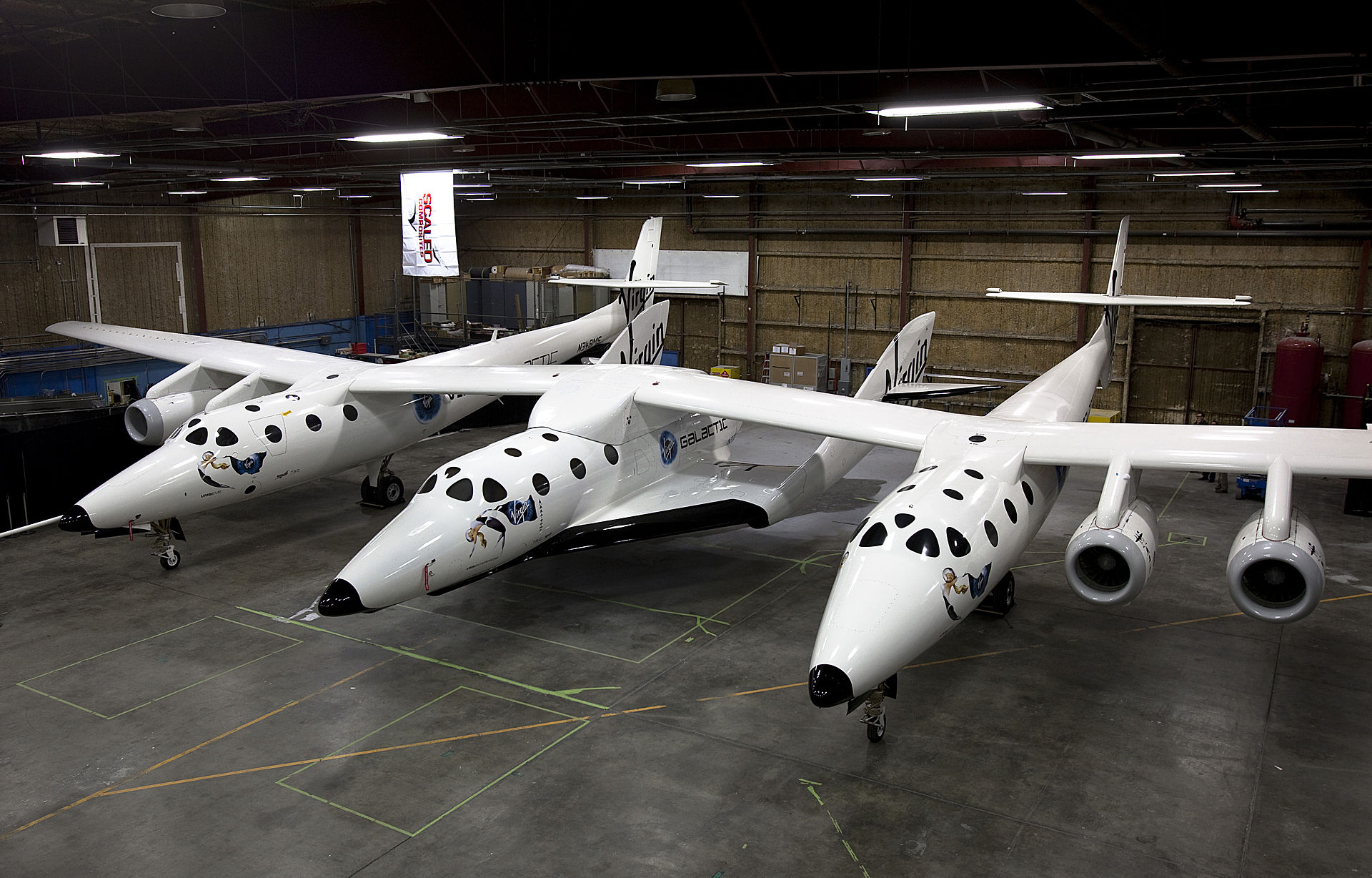Introduction
The concept of space tourism, once a mere fantasy, has taken flight in recent years, thanks to pioneering companies like Virgin Galactic. This blog explores the rise of space tourism, starting with Virgin Galactic’s groundbreaking efforts, and how these developments are shaping a new era in human exploration.
Virgin Galactic: Leading the Charge
Virgin Galactic, founded by Sir Richard Branson in 2004, emerged as a trailblazer in the nascent space tourism industry. The company’s vision was audacious yet straightforward: to make space travel accessible to ordinary people.
- The SpaceShipTwo: Virgin Galactic’s key to space is the SpaceShipTwo, a suborbital spaceplane designed for commercial use. Its first successful test flight in 2013 marked a milestone, proving that commercial space travel could become a reality.

(source: Virgin Galactic/Mark Greenberg – http://www.virgingalactic.com/extranet/file/spaceship-unveil/monday-7th-dec/ss2-and-vms-eve-preview4/ – The Scaled Composites SpaceShipTwo spaceplane (central fuselage) resting under its mothership, White Knight Two, inside a hangar in Mojave, Ca., USA.)
- A New Era in 2018: In December 2018, Virgin Galactic’s VSS Unity reached the edge of space for the first time. This successful test flight brought the company one step closer to commercial operations, igniting worldwide excitement about the potential for accessible space tourism.

(source: CC BY-SA 3.0 – SpaceShipTwo “Unity” at rollout event on 19 February 2016 in Virgin Galactic FAITH hangar, Mojave, California, USA. VSS Unity
Other Players in the Field
- Blue Origin: Founded by Jeff Bezos, Blue Origin entered the space race with its focus on reusable rocket technology. The company’s New Shepard spacecraft is designed for suborbital flights, offering a few minutes of weightlessness and breathtaking views of Earth.
- SpaceX: Elon Musk’s SpaceX has taken a slightly different approach, focusing on orbital flights. Its Crew Dragon spacecraft has already begun ferrying astronauts to the International Space Station, but SpaceX has broader ambitions, including space tourism.
The Evolving Landscape of Space Tourism
- The Price Tag: Initially, the cost of a ticket with Virgin Galactic was set at $250,000, a sum that, while steep, is significantly lower than previous space tourism ventures.
- Accessibility and Sustainability: One of the critical challenges facing these companies is making space travel more accessible. While prices are still high, the hope is that costs will decrease as technology advances and flights become more frequent.
- Future Prospects: The goals extend beyond short suborbital flights. Companies are envisioning orbital hotels, lunar missions, and even trips to Mars. These ambitious plans suggest that what we are seeing now is just the beginning of a much larger expansion into space.
Conclusion
The rise of space tourism companies like Virgin Galactic marks the beginning of a new chapter in human exploration. As we progress further into the 21st century, these companies are not just offering a glimpse of the future; they are actively building it. Space tourism is no longer a distant dream but a burgeoning reality, bringing the cosmos within reach of people around the world. This new era of exploration will not only change how we view space travel but also how we see our place in the universe.
(source coverphoto: Virgin Galactic/Mark Greenberg – http://www.virgingalactic.com/extranet/file/spaceship-unveil/monday-7th-dec/ss2-and-vms-eve-preview4/)
